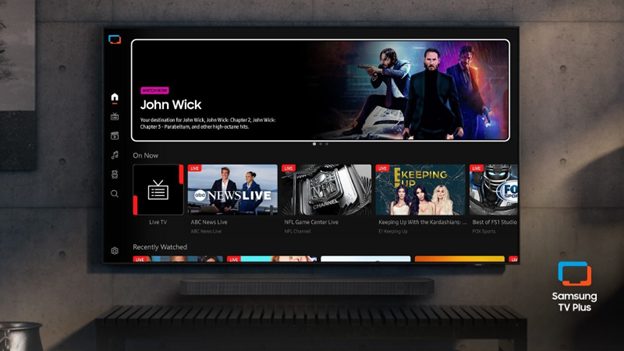Optics Society Takes Up 3DTV
WASHINGTON: Physicists will be looking at 3DTV in San Jose, Calif., come Oct. 11-15. That’s when the Optical Society’s annual meeting, “Frontiers in Optics,” or FiO, takes place at the Sainte Claire Hotel. Among the seriously high-tech stuff on the agenda, i.e., exawatt lasers and gigapixel cameras, 3DTV will be covered in a special symposium.
The OS said highlights will include:
- A keynote by Rod Archer, vice president of Cinema Products at RealD Inc., on 3D movie systems used for around 1,700 theater screens around the world.
- Martin Banks of the University of California, Berkeley discussing the difficulties of creating 3D images free of perceptual distortions that don’t cause headaches.
- Kevin Thompson of Optical Research Associates will lay out the future for the coming generation of head-worn displays, based on his work with Jannick Rolland of the University of Rochester's Institute of Optics.
- Masahiro Kawakita of NHK Science & Technology Research Labs in Japan will present an overview and a prototype 3DTV system based on integral photography technology.
- Gregg Favalora of Acutality Systems will present an overview of one type of 3D technology that moves away from glasses: volumetric displays, which project images onto high-speed rotating screens.
- Brian Schowengerdt of the University of Washington will describe a volumetric display that scans multiple color-modulated light beams across the retina of the viewer to form images of virtual objects with correct focus cues.
- Nasser Peyghambarian of the University of Arizona will present a prototype of a large-area 3D updateable holographic display using photorefractive polymers. The rewritable polymer material is a significant breakthrough for holographic display technology.
More information on FiO’s agenda is available at the OSA Web site.
More on 3DTV:
September 21, 2009: “HDI Unveils Laser 3DTV”
The TV sets are expected to be ready for production in the next 18 months, in a price range of between $10,000 and $15,000 for a 100-incher.
September 14, 2009: “3D is It at IBC”
“Nagravision is showing a 3D program guide and Viaccess is showing 3D conditional access. The IBC Innovation Awards Ceremony featured 16 minutes in 3D of James Cameron’s upcoming feature ‘Avatar,’ and David Wood of the EBU said that ‘3D programming should come with a health warning.’ Sky TV is showing 3D, and the person giving out the glasses there said it gave her a headache.”
September 2, 2009: “Sony Announces 3D Home Initiative”
Sony announced this week that it plans to introduce a consumer-ready 3D TV set next year, as well as build 3D capability into many of its consumer electronics, encompassing music, movies and video games.
August 24, 2009: “3DTV Goes on the Road”
The 3D video movement is getting a major push from blue aliens under the creative direction of James Cameron, world-conquering director of “Titanic.” Cameron teamed up with Panasonic to promote his upcoming film, “Avatar.”
July 30, 2009: “3DTV Launch Set for 2010”
BSkyB now plans to launch its 3D channel next year according to British sources. The satellite TV provider successfully delivered 3D content over its hi-def infrastructure earlier this year.
July 22, 2009: “Industry Forging Ahead with 3D Amid Questions”
“Some members fear de facto, non-open standards, for first-generation broadcast 3DTV will result from the technology decisions made by first providers. These are likely to be pay-TV operators, keen to differentiate their platform and consumer proposition. Technology decisions made by these players may not suit the current or future needs of free-to-air broadcasters.”
April 6, 2009: “Live 3DTV Debuts in United Kingdom”
BSkyB successfully transmitted live 3DTV across it’s systems in the United Kingdom. The satellite TV provider telecast a live transmission of a performance by the band Keane from London’s Abbey Road studios Thursday, April 2.
March 9, 2009: “More 3DTV Developments”
BSkyB continues plowing toward 3DTV, with a goal to offer it by the end of the year. Digital Spyreports that the chief Sky engineer said recently the plan was still on track to transmit 3D video content via the system’s existing HD infrastructure and set-top boxes.
The professional video industry's #1 source for news, trends and product and tech information. Sign up below.
